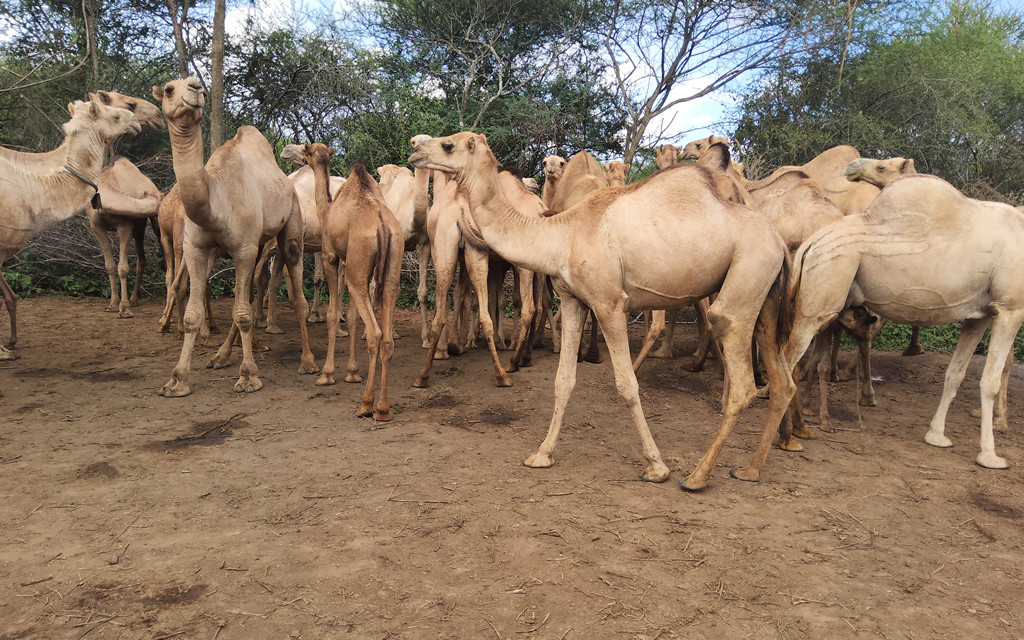
Research Centre: Veterinary Research Centre - Muguga
Principal Researcher: Dr. Monicah Maichomo
Research Background:
Camels (Camelus dromedaries) are the most critical dairy animals in the vast semi-arid lands of the Greater Horn of Africa, with an estimated population of 15 million in North East Africa, primarily Somalia, Kenya, and Ethiopia. ASAL APRP was involved in developing a camel mastitis vaccine whose adoption would save the pastoralists an estimated KES 3.7 billion worth of milk annually in milk losses, thus addressing the economic pillar in Kenya Vision 2030.
Under ASAL APRP, the following achievements were realized: Isolation of Streptococcus agalactiae (S. agalactiae) from camel milk and their antibiotic sensitivity profiles, full genome sequencing and annotation of one isolate of S. agalactiae from a positive case, and bioinformatics analysis of the genome for immunogenic vaccine targets. S. agalactiae is an important mastitis pathogen because of its highly contagious nature and its ability to degrade milk quality.
In order to develop a vaccine with wider geographic coverage, it is important to include more S. agalactiae isolates from other regions. This requires isolation, sequencing, and bioinformatics analysis to confirm diversity or lack of it. When the laboratory phase is completed, animal trials using candidate vaccine proteins will be undertaken to pave the way for the registration and commercialization of a vaccine. The action involves the implementation of the following sub-activities:
Research Objectives:
- Collection and sequencing of different S. agalactiae isolates.
- Bioinformatics analysis for immunogenic targets.
- Recombinant protein production and characterization (screening by immunoassays).
- Animal trials of recombinant proteins for protection.
- Vaccine production process development and commercialization.
Achievements:
- 11 out of 14 isolates were identified. From the 11 isolates, 59 proteins were identified out which 4 proteins were common in all 11 isolates. Therefore, they will proceed to plasmid preparation and vaccine candidate prediction.
Related Research Activities

Climate Smart Indigenous Chicken

Mastitis Management Vaccines

Pen-side Mastitis Diagnostic Kit

